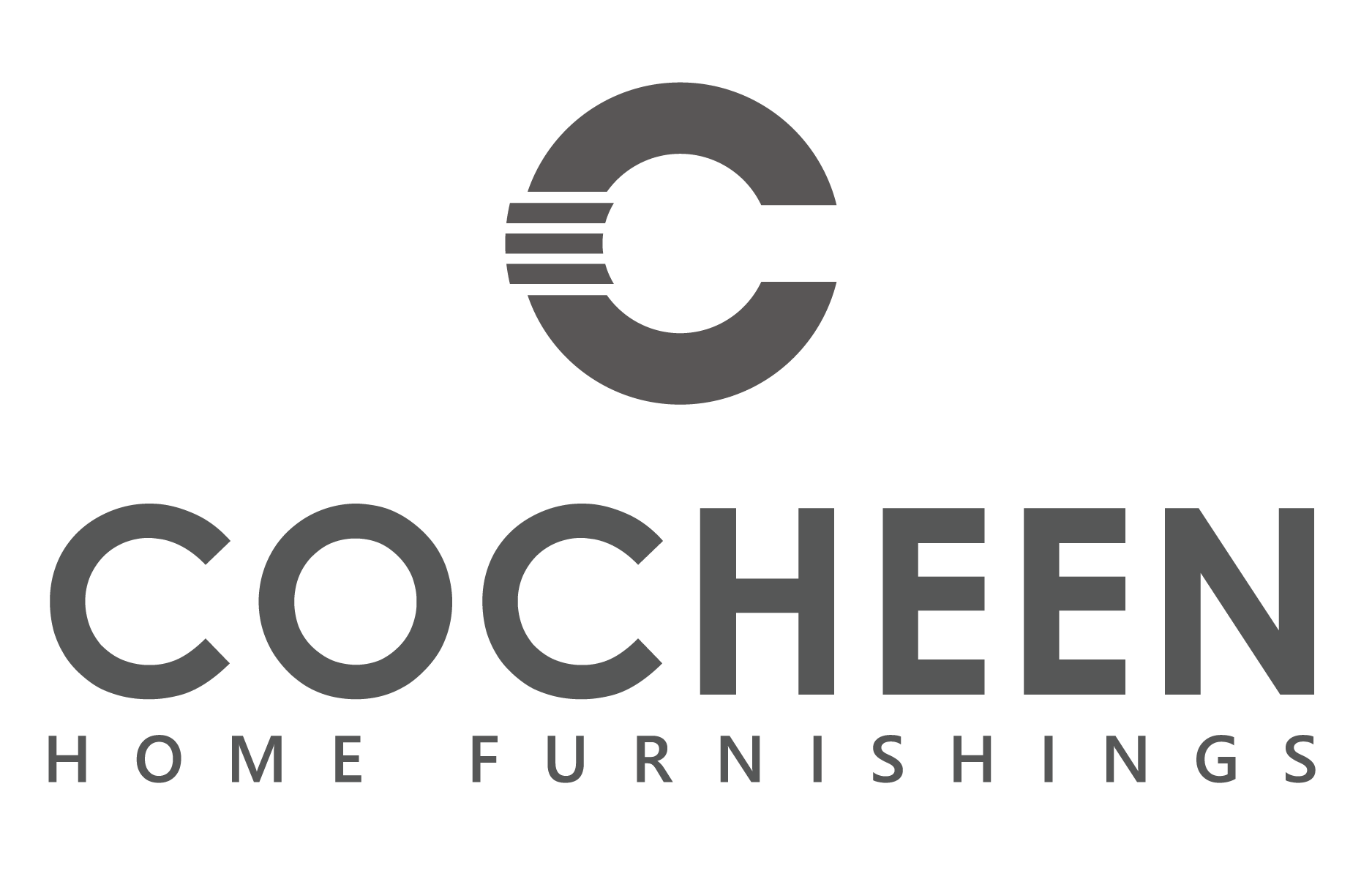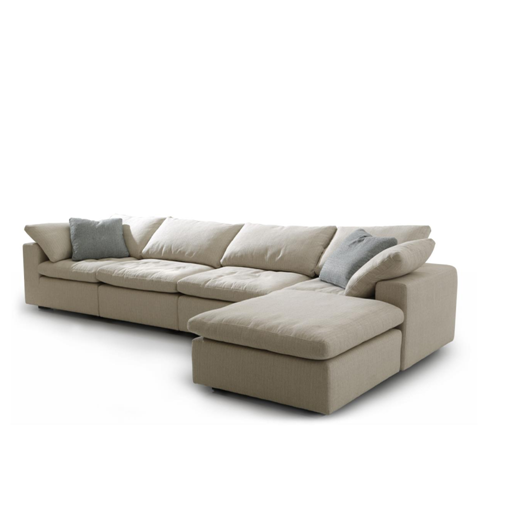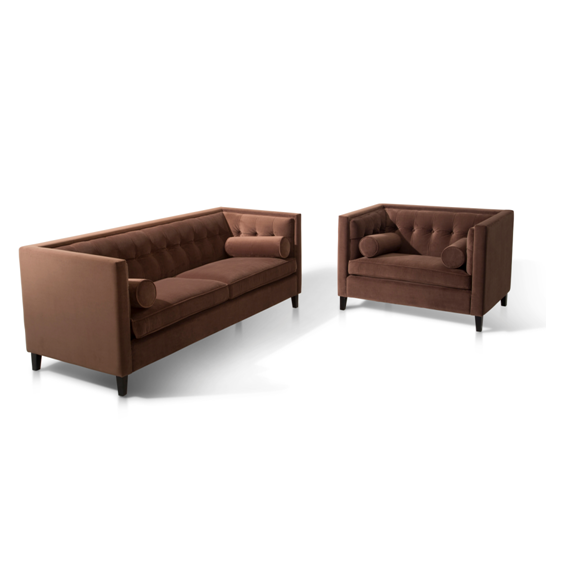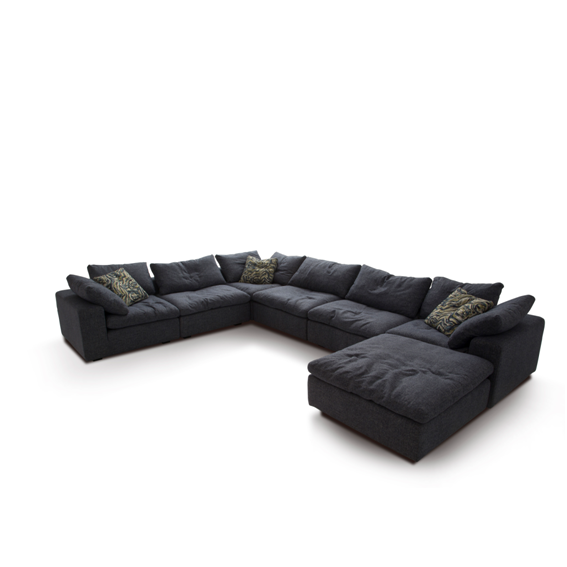Cocheen Upholstery today offer 3 tips Choosing a Couch,so let’s start it.
Cocheen Upholstery Tips: Try it out for comfort.
This is an obvious one, but give it a whirl to see whether you actually like sitting in it, before you even get into testing the build and potential longevity. Different couches have different softness (see the steps below, on filling and springs), and factors like seat depth and armrest height make a difference, too. The best way to test is just to sit, and see how you feel.
Cocheen Upholstery Tips: Check the sturdiness of the frame.
When you see a couch you like, check the framework. You can ask an associate for help if you need it. If it is made of plastic or metal, the frame could crack or chip. A kiln-dried hard wood like beech, ash, or oak cost more but are less likely to get damaged. The legs of the couch should be attached to the frame by screws and pegs, not just glue alone. Sometimes the legs are part of the frame, but either way your frame is going to be sturdy.
The frame should be attached by strong materials and not just quick-fix solutions (such as glue, staples, or nails). Wooden dowels, wooden blocks, metal screws, and metal brackets should be the main joints on your sofa. Glue, staples, and nails are okay for extra reinforcement but should not be the main joinery on a good sofa. You should also ask the salesperson for manufacturer information on the joints.
Cocheen Upholstery Tips: Check the filling.
Polyurethane foam is the most common filler because it is easy maintenance and costs less. Other high-density foams are budget friendly, but down/feather combos are the ultimate choice. Polyester flattens quickly, but costs less than the other fillings. Poly fiber blends cost even less but clump and get lumpy. A great blend is down mixed with HR foam. It is reasonably priced and very comfy.









